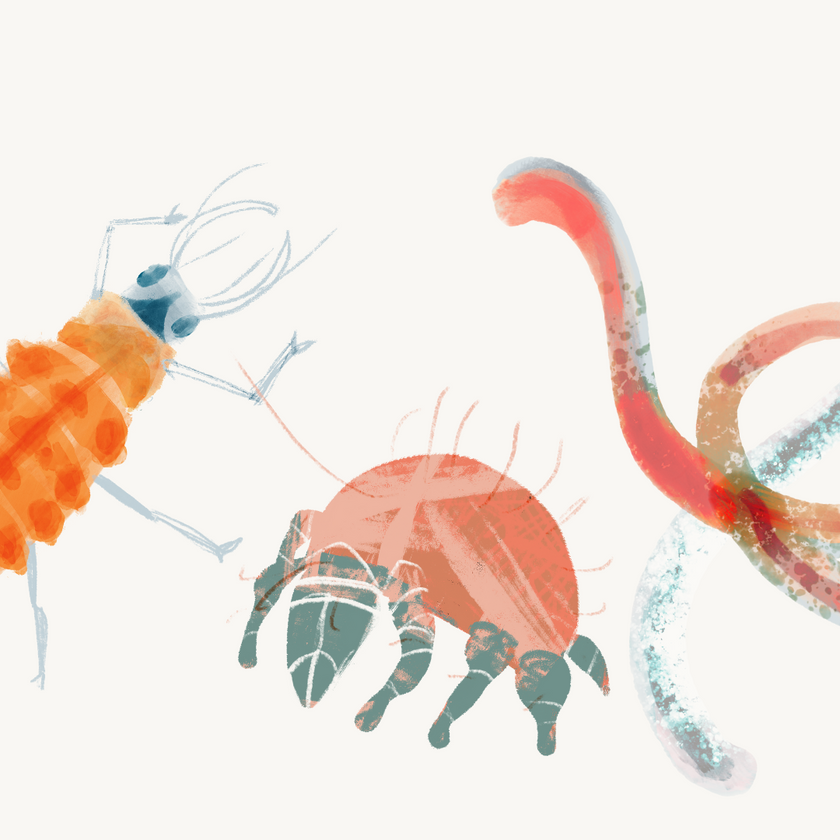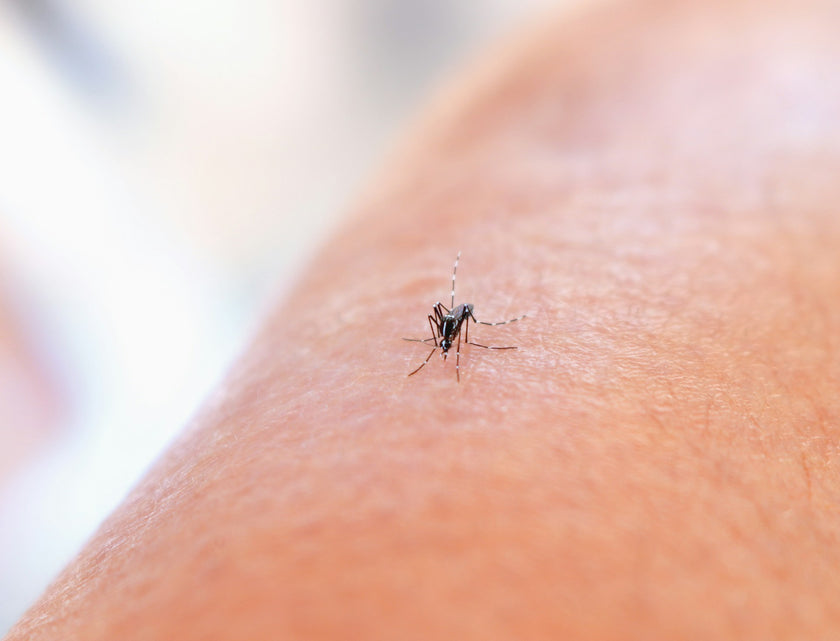The box tree moth, fig skeleton moth, spider moth and clothes moth are now looking for their favorite snacks. Boxwood plants, fig trees and even items of clothing are not safe this time of year. Discover today who these moths are and how you can combat them in a poison-free way!

Between April and September, depending on the weather, the moth can lay eggs up to three times. These tiny caterpillars can wreak havoc on your boxwood plants.
To combat the box tree moth, you can use pheromone traps to catch male moths. But regular pruning and removing affected leaves also helps to keep the population under control. Do you suffer from boxwood caterpillars? Combat nematodes with Carpo !
The first fresh butterflies are expected to fly at the end of June. These produce a second generation of caterpillars in full summer. A third generation in September and October is not even impossible.
This moth can seriously damage the fig tree. Preventively checking the leaves can limit the damage. Make sure you clean up dead leaves and fruit regularly to break the moth's life cycle. When spotting a large number of caterpillars, Carpo nematodes can be chosen.

After hatching from the egg, the caterpillars immediately start looking for food and completely devour the tree or shrub on which they are located. By the end of May - the end of June, the affected host plants are completely eaten bare and covered with a dense, white silk fabric. This tough webbing is excellent protection against enemies.

These caterpillars cover the trees and shrubs with white webs. To combat them, you can remove the webs and pick off the moths manually. Biological control can be done by spraying Carpo nematodes directly on the caterpillars in combination with water.

The life cycle from egg to adult moth takes 4 to 10 months. A moth clutch contains 100 to 150 eggs. The pupae of the caterpillars that hatch from these eggs all hatch within approximately 3 weeks.
Clothes moths feed on natural fibers and can cause holes in clothing. To combat them, using Tricho parasitic wasps in combination with an attractant trap is effective in placing them in the wardrobe.
Box tree moth
The first pests in the garden appear again and among them we see an old acquaintance returning: the box tree caterpillar . The green and black spotted caterpillars are the first of three generations that could hatch this year. Everyone is looking for a tasty snack in your garden. And unfortunately they all love one particular plant: the boxwood.
Between April and September, depending on the weather, the moth can lay eggs up to three times. These tiny caterpillars can wreak havoc on your boxwood plants.
To combat the box tree moth, you can use pheromone traps to catch male moths. But regular pruning and removing affected leaves also helps to keep the population under control. Do you suffer from boxwood caterpillars? Combat nematodes with Carpo !
Fig skeleton moth
The fig skeleton moth takes advantage of fig trees in Dutch gardens. A butterfly that originates from the Mediterranean region. The butterfly was discovered in the Netherlands in 2016 and has been observed increasingly since then.The first fresh butterflies are expected to fly at the end of June. These produce a second generation of caterpillars in full summer. A third generation in September and October is not even impossible.
This moth can seriously damage the fig tree. Preventively checking the leaves can limit the damage. Make sure you clean up dead leaves and fruit regularly to break the moth's life cycle. When spotting a large number of caterpillars, Carpo nematodes can be chosen.

Spider moth
The spider moths appear in June and July. The eggs are deposited in piles in bark crevices of the host plants that are at the top of the caterpillars' menu, such as; plum trees and various willow species.After hatching from the egg, the caterpillars immediately start looking for food and completely devour the tree or shrub on which they are located. By the end of May - the end of June, the affected host plants are completely eaten bare and covered with a dense, white silk fabric. This tough webbing is excellent protection against enemies.

These caterpillars cover the trees and shrubs with white webs. To combat them, you can remove the webs and pick off the moths manually. Biological control can be done by spraying Carpo nematodes directly on the caterpillars in combination with water.
Clothes moth
The clothes moth , also called clothes moth or clothing moth, is a moth that is common in the Netherlands. The clothes moth naturally lives outside in old bird, wasp and mammal nests. The clothes moth also occurs in the home.
The life cycle from egg to adult moth takes 4 to 10 months. A moth clutch contains 100 to 150 eggs. The pupae of the caterpillars that hatch from these eggs all hatch within approximately 3 weeks.
Clothes moths feed on natural fibers and can cause holes in clothing. To combat them, using Tricho parasitic wasps in combination with an attractant trap is effective in placing them in the wardrobe.

















































